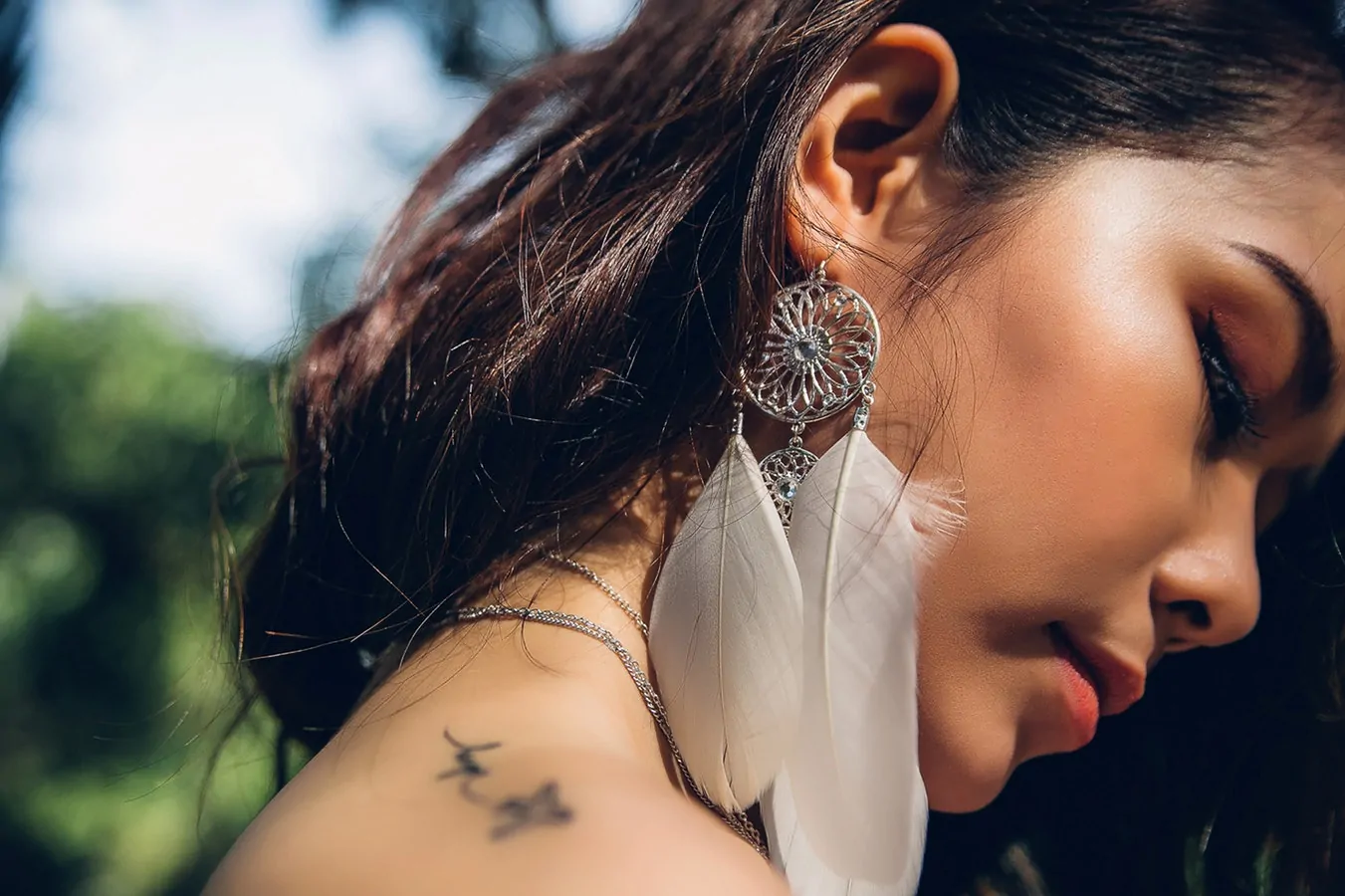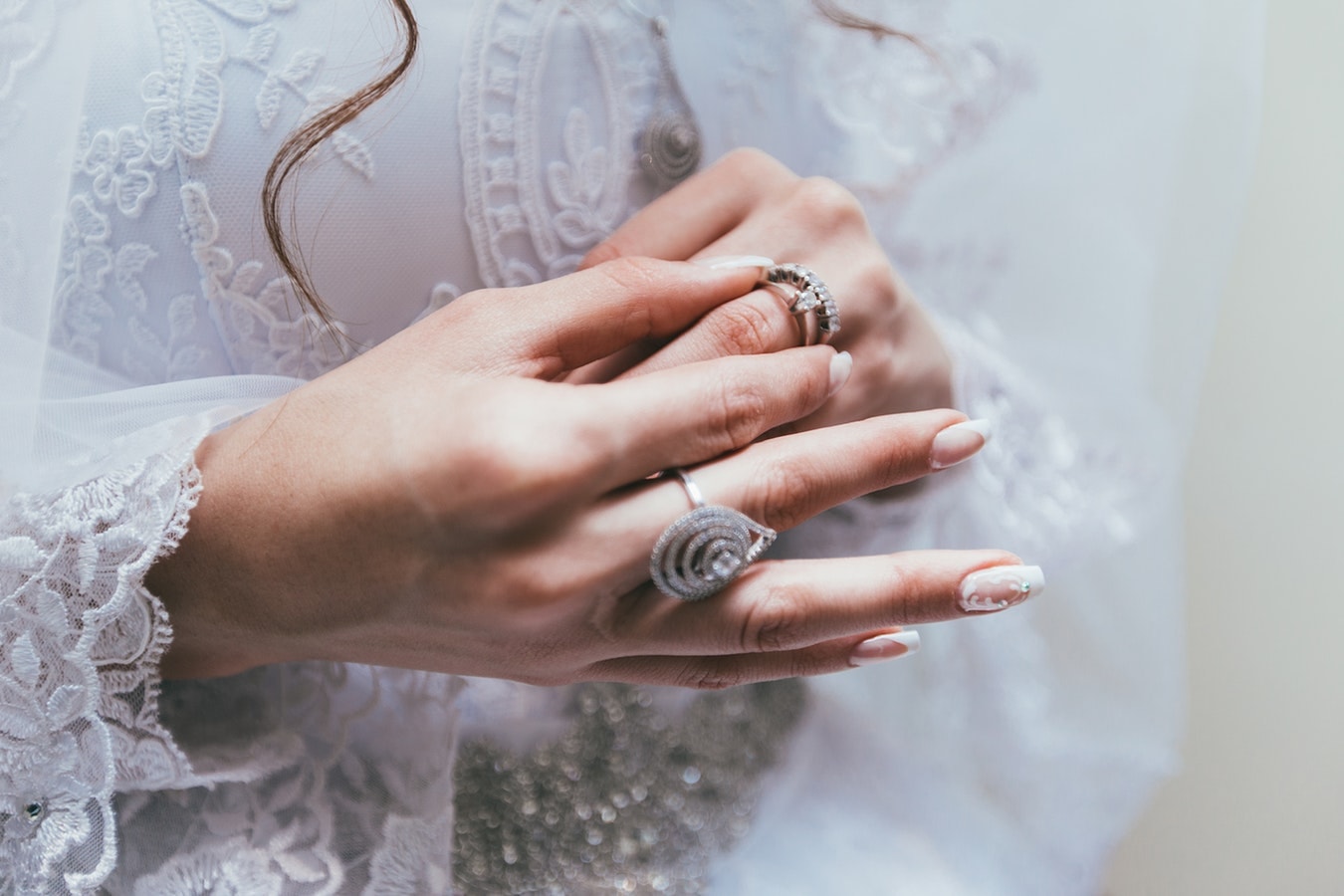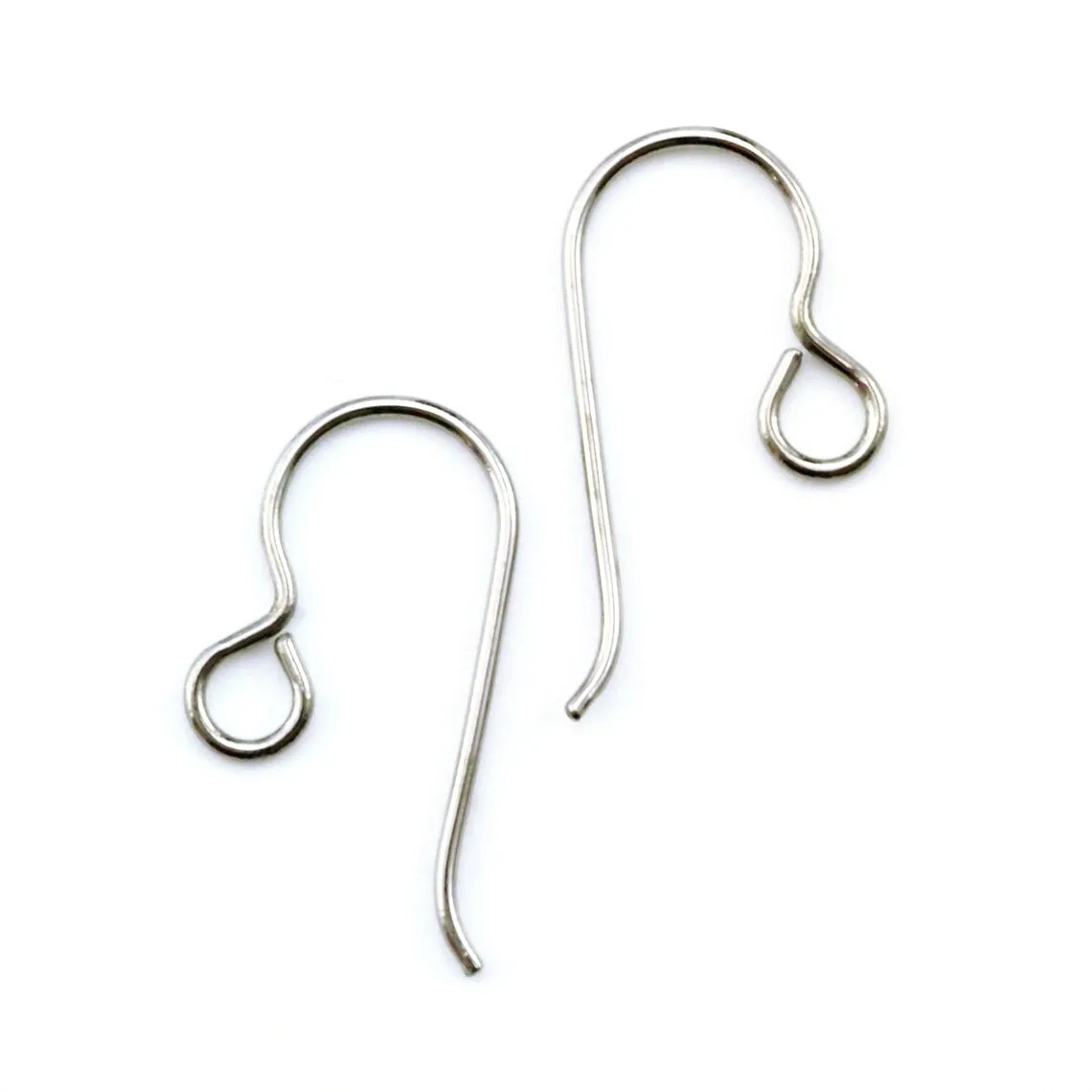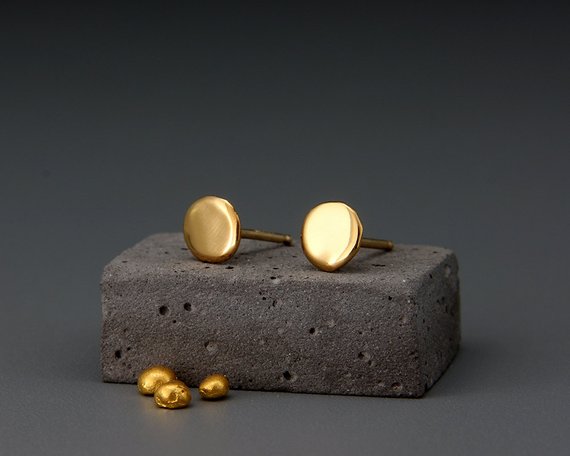
Table of Contents
As Jewelry Shopping Guide editors, we write about things that we love and we think you’ll like too. We often have affiliate partnerships, and may generate some revenue from these links at no cost to you.
Sensitivity to certain types of metals is a common problem that many people experience when wearing jewelry. It can manifest as redness, rashes, itchiness, oozing and more. Because of this, many jewelers use hypoallergenic metals.
But what exactly does hypoallergenic mean? Does it mean nickel-free? Is it safe to use?
There’s a bit of confusion around this term, so let’s take a closer look at what exactly hypoallergenic jewelry is.
The Problem with Hypoallergenic Jewelry
Hypoallergenic is a term that’s gained popularity in jewelry metals as being safe to wear. They’re made of metals that don’t cause allergic reactions and most importantly, they don’t contain nickel, the common culprit for metal allergies.
Nickel is a white metal that’s commonly used in alloys to add strength and color to metals. A large number of people (about 15%) are allergic to nickel, so metals marked hypoallergenic are considered to be devoid of nickel and safe to wear. Because of this, many people use the words hypoallergenic and nickel-free interchangeably.
Now there’s a caveat to this.
Most metals described as hypoallergenic contain trace amounts of nickel. Hypoallergenic simply means that the amount of nickel is below normal or slightly allergenic and can’t cause problems. It’s so miniscule that it requires highly sensitive instruments just to measure it.
Hypoallergenic does not mean nickel-free. It’s a word that has no medical definition or any sort of testing to back it up. In other words, anyone can slap on the term hypoallergenic and there would be no way to regulate the quality of the metal.
Just think of it as meaning – a very low chance of getting an allergic reaction.
A Better Way

Rather than looking for metals marked hypoallergenic, it’s better to know about safe metals and to specifically look for these when shopping for jewelry.
In general, the higher the purity of the metal, the less likely it is to cause issues. Some people are allergic to 14K gold (58.3% gold) but have no issues with 18K gold (75% gold). So you get the idea.
Some metals are better than others in preventing allergies, so here’s a brief rundown:
Metals That are Safe to Wear
- Platinum – Platinum jewelry has high purity levels and is very safe to wear.
- Niobium – An element rather than an alloy, niobium is nickel-free and very safe to wear. It also doesn’t tarnish or corrode easily and is highly durable. Niobium can be anodized which results in beautiful, iridescent colors.

- Titanium – Similar to Niobium, titanium too is an element. It’s extremely strong, highly durable, inexpensive and lightweight. It’s regularly used in surgical implants.
- 18K yellow/rose gold and higher – Yellow gold is alloyed with copper and silver, all of which are safe metals.

- Surgical Stainless Steel – Stainless steel can sometimes contain small amounts of nickel, but surgical stainless steel is perfect as it’s made using different alloys.
- Argentium Silver – A brand of tarnish resistant silver alloy, Argentium silver poses no risks for those with metal sensitivities. It’s the whitest metal, durable, highly scratch-and tarnish-resistant. What’s more Argentium is made from only recycled silver which makes it an environmentally friendly option too.
What to Avoid
- White Gold – Yes, white gold is a type of gold but it generally contains nickel which is added to enhance whiteness and durability. The rhodium plating can keep the nickel from getting in contact with your skin but that when that wears away, you’re likely to have issues.
- German Silver – This isn’t silver at all. It’s just a nickel alloy with a fancy name. German silver, sometimes called nickel silver, is so called because it looks like silver, not because it contains any silver at all. So avoid this at all costs if you’re sensitive to nickel.
- Costume Jewelry – Inexpensive jewelry frequently use base metals coated in either gold or silver. Most of these base metals have nickel, which is used as a filler. When the metal comes into contact with your skin, it can cause irritations.
Is Sterling Silver Hypoallergenic?
We’re often asked this question and the answer is – it depends.
Some people report getting allergic reactions to sterling silver, but this is very rare. The alloy typically contains pure silver (92.5%) and copper (7.5%) or other metals like zinc.
Sterling silver doesn’t typically contain any nickel. Again, to be sure, ask the retailer before you buy.
Is Brass Hypoallergenic?
No, brass isn’t hypoallergenic and can cause allergic reactions. Brass is made by alloying copper and zinc, but sometimes nickel is included in the alloy.
The copper in the brass can turn your skin green, but that isn’t harmful and doesn’t mean you’re having a reaction to the metal. It’s just the copper chelates interacting with the sweat on your skin.
Wrapping Up…
So next time you’re shopping, and you see the label hypoallergenic on the jewelry, ask what makes the metal hypoallergenic and if it’s really safe to wear.
If it’s costume jewelry, chances are, it simply refers to a plating of some sort that will wear away and leave you exposed to potentially nasty metals underneath.
If you can afford it, opt for purer forms of metals as these are safe will keep you from allergic reactions.









